This post may contain affiliate links.Please read our disclosure policy.
This Hefezopf, also known as German Sweet Bread or Osterbrot in Germany, is one of my favorite recipes to bake for Easter, but it tastes great all year round! A soft, slightly sweet bread, enriched with eggs and heavy cream for a tender crumb.
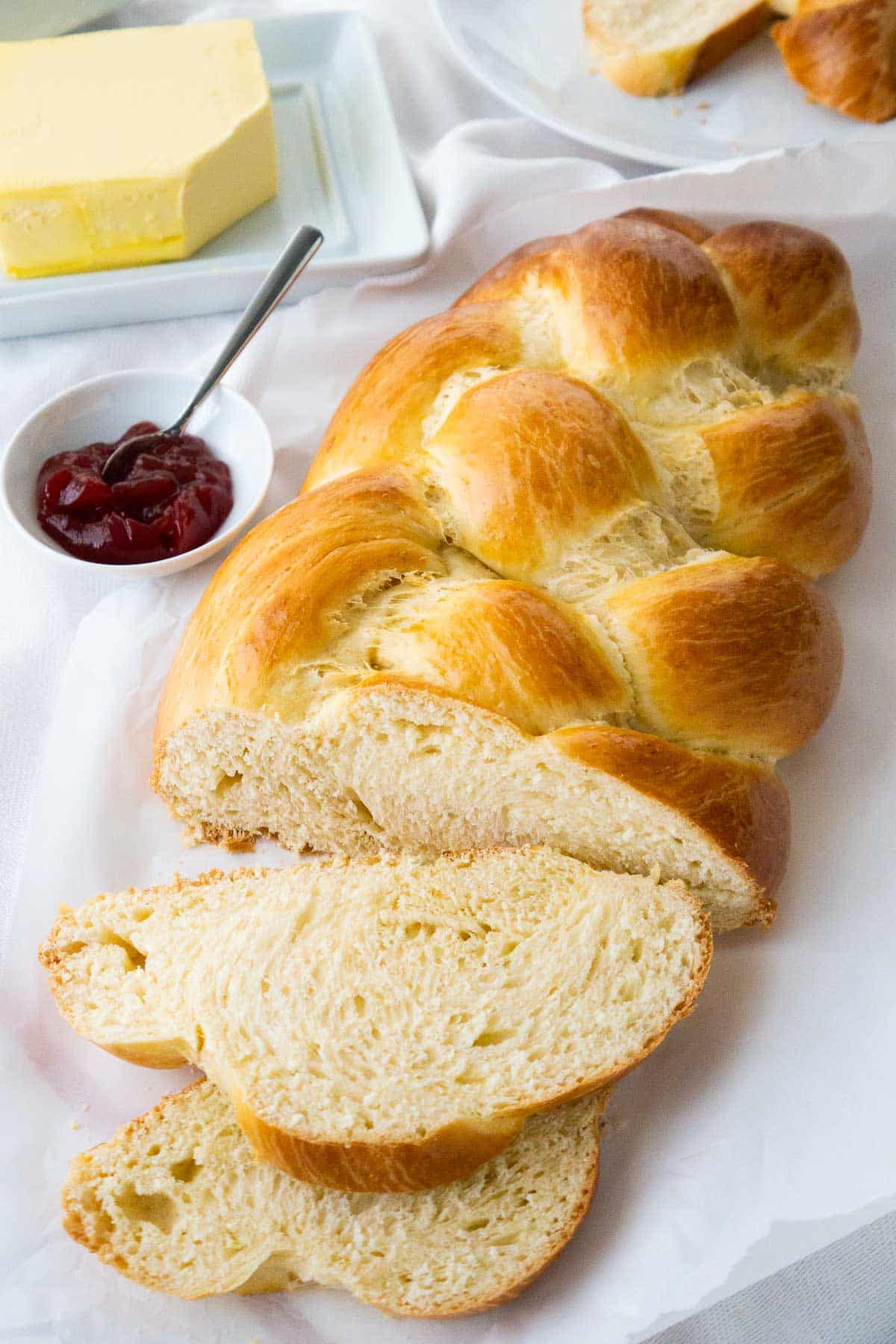
This German Braided Sweet Bread (Hefezopf in German which translates to yeast braid) is soft and slightly sweet and the lemon zest gives it a little bit of fresh citrus flavor. It is often served sliced and toasted and tastes delicious on its own, but is even better topped with butter or your favorite jam.
Hefezopf is also often called Osterbrot (Easter bread) and is a popular breakfast or brunch item served during the Easter holiday period in Germany and other European Countries. It is similar to Challah and Paska bread but slightly different.
Just look at the golden brown crust! Doesn’t it look good? Leftovers are also great for extra indulgent bread pudding or French toast!
Why you’ll love this recipe
- Fun baking activity to do together with your family
- Delicious sweet and fluffy bread that is very versatile
- Budget-Friendly to make with simple ingredients
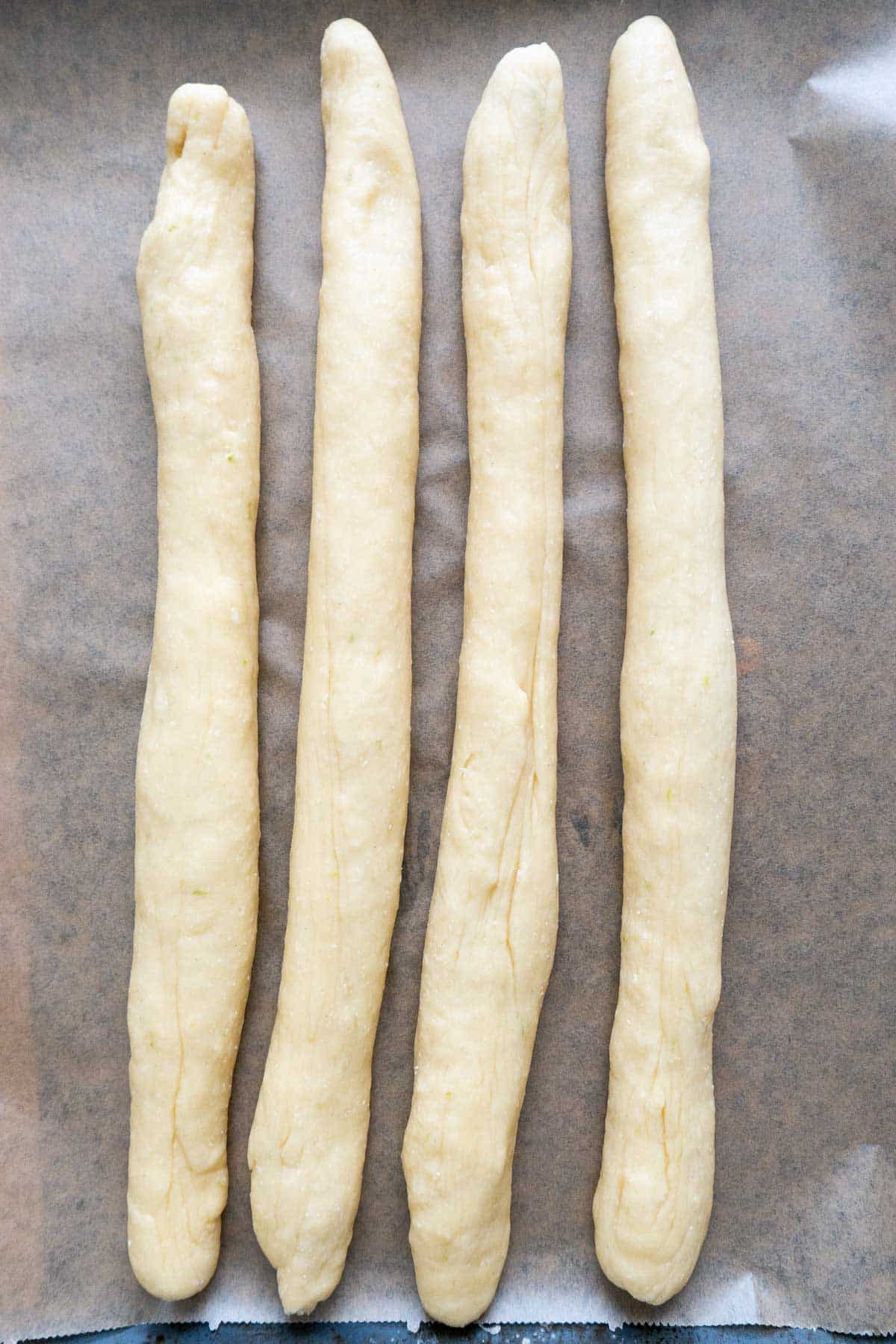
Ingredient Notes
Here is an overview of the ingredients you’ll need for this recipe. Scroll down to the recipe card at the bottom for quantities.
- Heavy cream – Using heavy cream instead of milk makes this bread super rich and soft. Reserve 2 tablespoons of heavy cream for brushing onto the loaf before baking.
- Yeast – This recipe uses active dry yeast for leavening. Active dry yeast needs to be activated before it can be used. You can also use instant yeast and skip the first step of the recipe.
- Flour – All-purpose flour works best for this recipe. I haven’t tested this recipe with whole wheat or gluten-free flour.
- Vanilla – Traditionally vanilla sugar is used in this recipe, but if you don’t have any on hand you can also use vanilla extract.
- Lemon zest – Fresh lemon zest adds a fresh citrus flavor to the bread, which balances out the sweetness. I recommend using an organic lemon.
- Eggs – I use large eggs. They should be at room temperature for the best results. This way the dough rises better.

Expert Tips for Success
- Freezing: You can freeze this sweet bread. See the instructions below.
- Activating the yeast: Make sure the cream has the right temperature before adding the yeast. An instant-read thermometer is super helpful! The target temperature is about 100 degrees F.
- Serving: Serve this bread with butter and jam or spread Nutella on it – so delicious!
- Add-ins: If you want to make raisin bread, you can add 1 cup of raisins after the first rise to the dough and gently knead them into the dough. Candied citrus peel also makes a delicious addition.
- Similar bread: This bread is similar to Challah, but Challah is usually parve which means it doesn’t contain dairy and is made with water instead of dairy products like milk, butter, or cream. Brioche and other enriched European breads like this Easter bread contain butter and milk or cream. But Challah becomes quite similar when you use a less traditional recipe with milk in it.
- Toppings: Top the bread with coarse sugar or sliced almonds before baking.
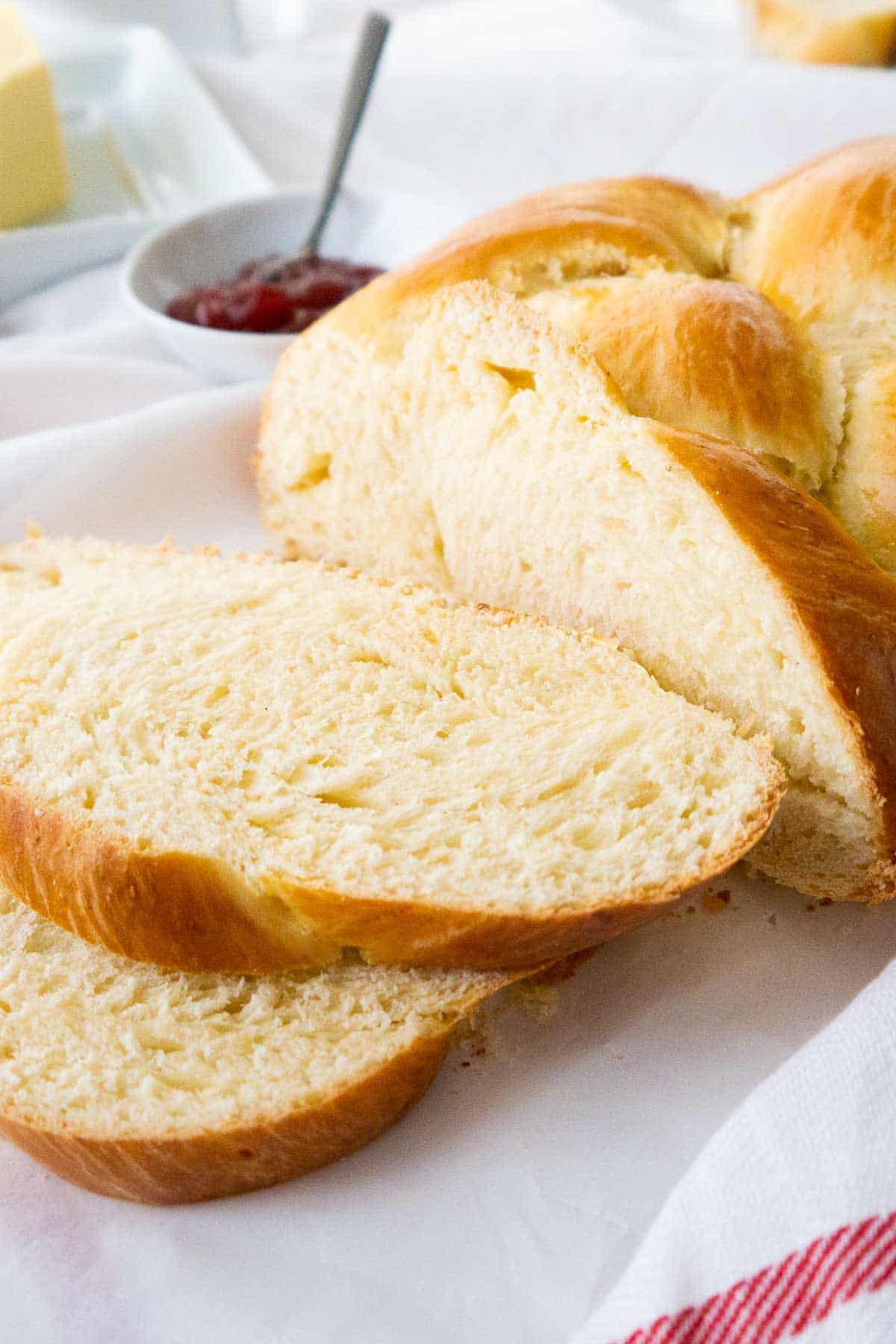
Recipe FAQ
Yes, you can freeze this Sweet Bread. You can freeze the whole loaf and then defrost it overnight at room temperature. Sometimes I also slice the bread, put it into zip-lock bags, and freeze it. When I want a slice, I just put it in the toaster, and it tastes freshly baked! The yeast loaf can be stored for up to 3 months in the freezer.
Hefezopf is traditionally eaten during the spring around Easter, but it tastes great all year round. In Germany, “Osterbrot” is often served for breakfast or tea. Leftovers are perfect to use for French toast.
There are many reasons why yeast doughs don’t rise: The yeast you’re using is too old, the liquid used in the dough is too hot, or the place where you put the dough to rise is too cold. Always check the “Best before date” of your yeast before using it, make sure the liquid you add is only lukewarm (below 120°F, somewhere between 95°F and 115°F is fine), and put the bowl somewhere warm and draft-free to let the dough rise (Somewhere between 75°F and 85°F is ideal).

More Easter Recipes
Bread & Muffins
Homemade Easter Bunny Rolls
No Bake & Chilled Desserts
Lemon Mousse Recipe
Cakes
Carrot Cake Cupcakes
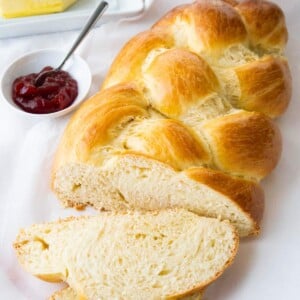
Hefezopf (German Sweet Bread)
Equipment
Ingredients
- 1 cup heavy cream, (reserve 2 Tbsp for brushing)
- 2 1/2 tsp active dry yeast
- 4 cups all-purpose flour
- 1/3 cup sugar
- 1 tsp vanilla extract, or vanilla sugar
- 1 Tbsp lemon zest
- 3 large eggs
Instructions
- Heat up the heavy cream until lukewarm, be careful if the cream is too hot, the yeast won't rise.
- Pour lukewarm cream into the bowl of a stand mixer fitted with a dough hook attachment. Sprinkle yeast and 1 tsp sugar on top of the milk. Give it a stir with a spoon and allow it to sit for 5 minutes. The mixture should be frothy after 5 minutes. If that isn't the case, start over with new yeast.
- With the stand mixer running on low speed, add flour, sugar, vanilla extract, lemon zest, 2 eggs and 1 egg white. Save the egg yolk for brushing the bread before baking.
- Knead for 5 minutes until a soft and only slightly sticky dough forms that pulls away from the sides of the bowl. If the dough is too sticky to handle, add a little bit more flour, start with 1 Tbsp.
- Form the dough into a ball and place it in a greased bowl. Turn the dough to coat all sides and cover the bowl with plastic wrap. Place the bowl in a warm environment to rise until doubled, about 1–2 hours.
- Once the dough has doubled in size, turn it out onto a lightly floured surface. Shortly, knead the dough to release the air bubbles. Divide the dough into 4 equal pieces and shape each of them into a 12-inch-long rope. Grease a baking pan (or line it with parchment paper) and place the ropes side by side.
- Punch the upper ends of the ropes together. You have rope 1,2,3 and 4. We start with rope 4 and place it over rope 3, under rope 2 and over rope 1. Now you repeat this with rope 3: Over rope 2, under rope 1 and over rope 4. Repeat this process until all the ropes are braided together. Punch the ends of the bread together.
- Cover the bread with cling film and let it rise in a warm environment while you preheat the oven to 350°F (177°C).
- Combine the remaining egg yolk and 2 tbsp heavy cream and brush the bread with it. Bake it for 25 minutes or until golden brown. Transfer the bread to a cooling rack.
Notes
-
- Freezing: You can freeze this bread. See the instructions below.
- Activating the yeast: Make sure the cream has the right temperature before adding the yeast. An instant-read thermometer is super helpful! The target temperature is about 100 degrees F.
- Serving: Serve this bread with butter and jam or spread Nutella on it – so delicious!
- Add-ins: If you want to make raisin bread, you can add 1 cup of raisins after the first rise to the dough and gently knead them into the dough. Candied citrus peel also makes a delicious addition.
- Toppings: Top the bread with coarse sugar or sliced almonds before baking.
- Similar bread: This bread is similar to Challah, but Challah is usually parve which means it doesn’t contain dairy and is made with water instead of dairy products like milk, butter, or cream. Brioche and other enriched European breads like this Easter bread contain butter and milk or cream. But Challah becomes quite similar when you use a less traditional recipe with milk in it.
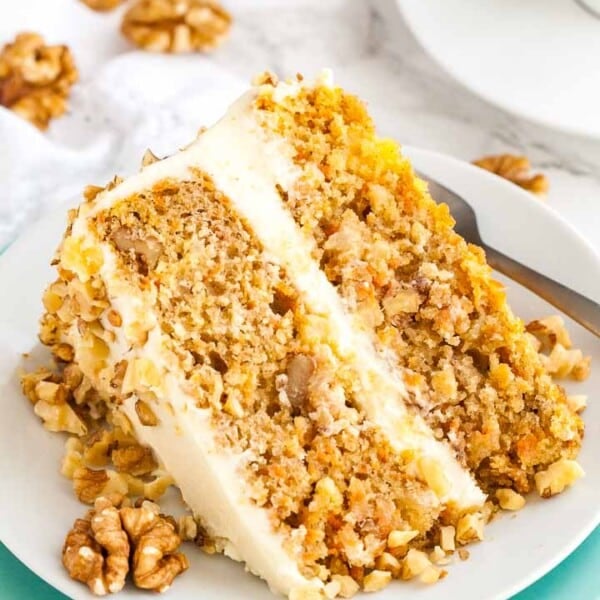
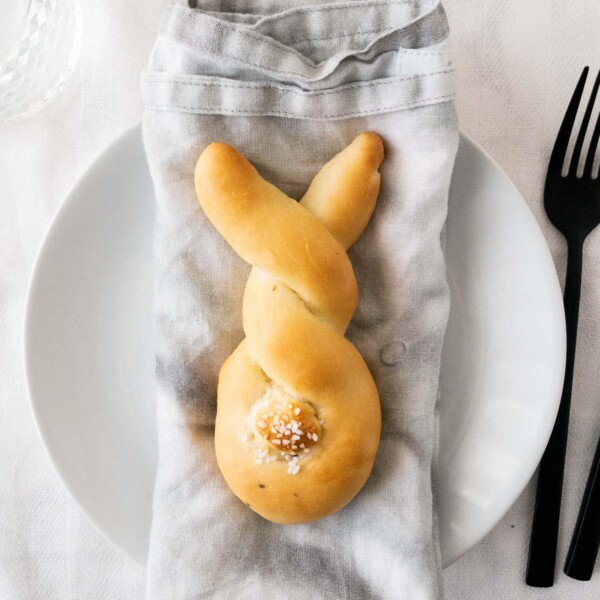

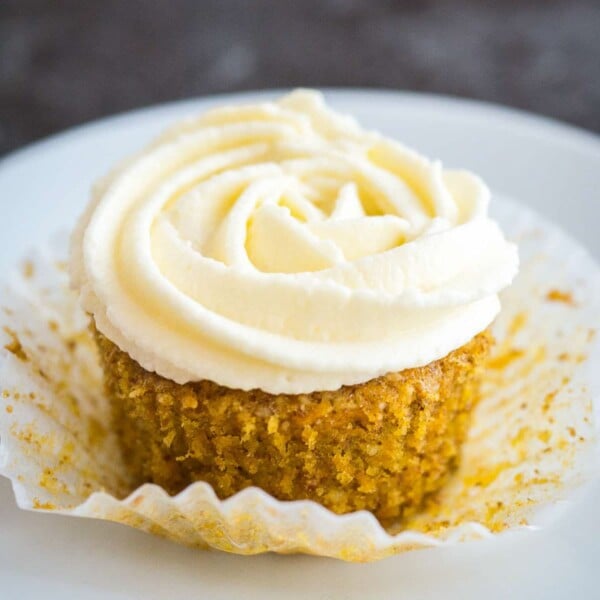


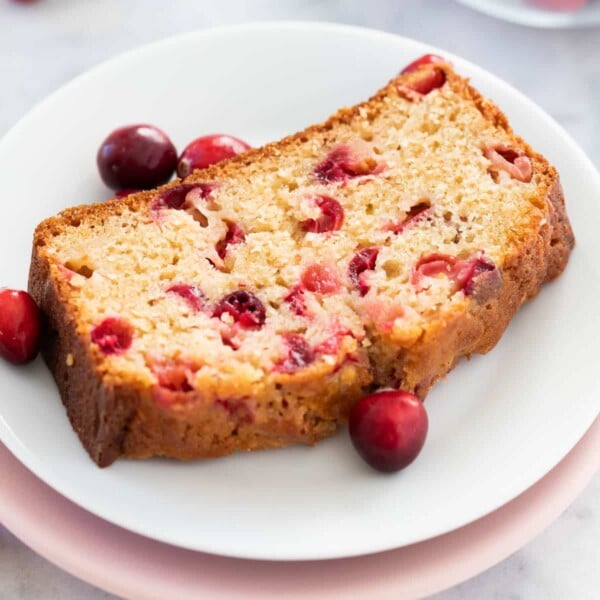
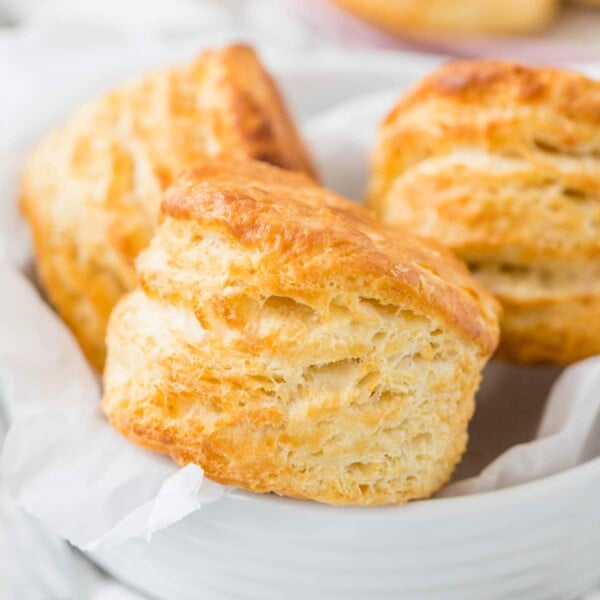
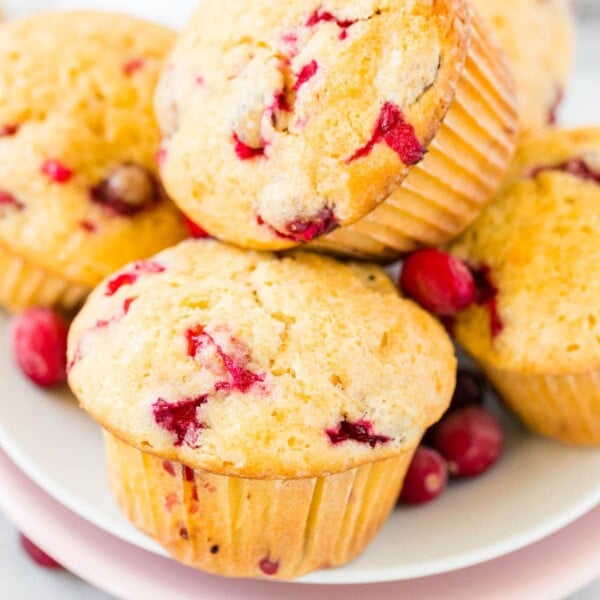






We had Osterbrot in Germany and this bread is even better. I added golden raisins!!
Great recipe! I make this using bread machine dough setting (I’m lazy..) and just do the rest as in the instruction. The dough is easy to handle and no mess at all which I love! Also I love how it uses all the eggs in the ingredients so you don’t end up with just egg whites or yorks.
I didn’t have lemon so I used orange zest instead and it was beautiful. My whole family loved it.
Thank you for sharing such a wonderful recipe!!
Hi! How long, in general, do you allow the bread to rise the second time? Around 45 minutes, would you say? Looking forward to trying this!
Made this bread for Easter breakfast and added raisins to the dough as well. It came out so lovely! Very delicious and not overly sweet! Love the extra touch of lemon zest to it too! Definitely will be making this for my family again and I am going to try turning it into French toast with the loaf I have in my freezer!
Can the first proof be over night in the fridge?
Yes I proofed this overnight & it came out well.
Just allow time to reach room temperature before baking.
Hi, I made your Braided Bread, much like Challah, and it turned out beautifully. My one year and 4 year old grandchildren adored it as did my son and daughter-in-law. I was wondering if I substituted the heavy cream with either water or skim milk, if that would change the consistency of the bread. Tks.
This was so delicious! I baked it for 30 minutes and it came out wonderful!! Thank you for the recipe!!
How is this different from Challah?
Hi Jenny, thank you for your question! Challah is usually parve which means it doesn’t contain dairy and is made with water instead of dairy products like milk or cream. Brioche and other enriched European Breads like mine contain butter and milk or cream. But Challah becomes quite similar when you use a less traditional recipe with milk in it.